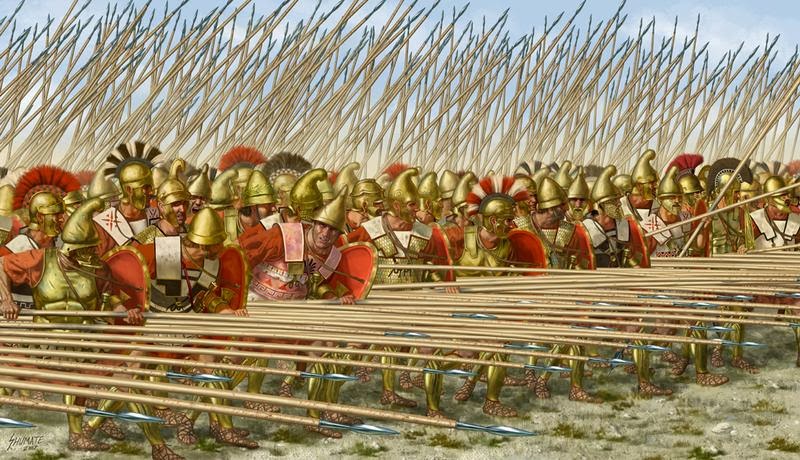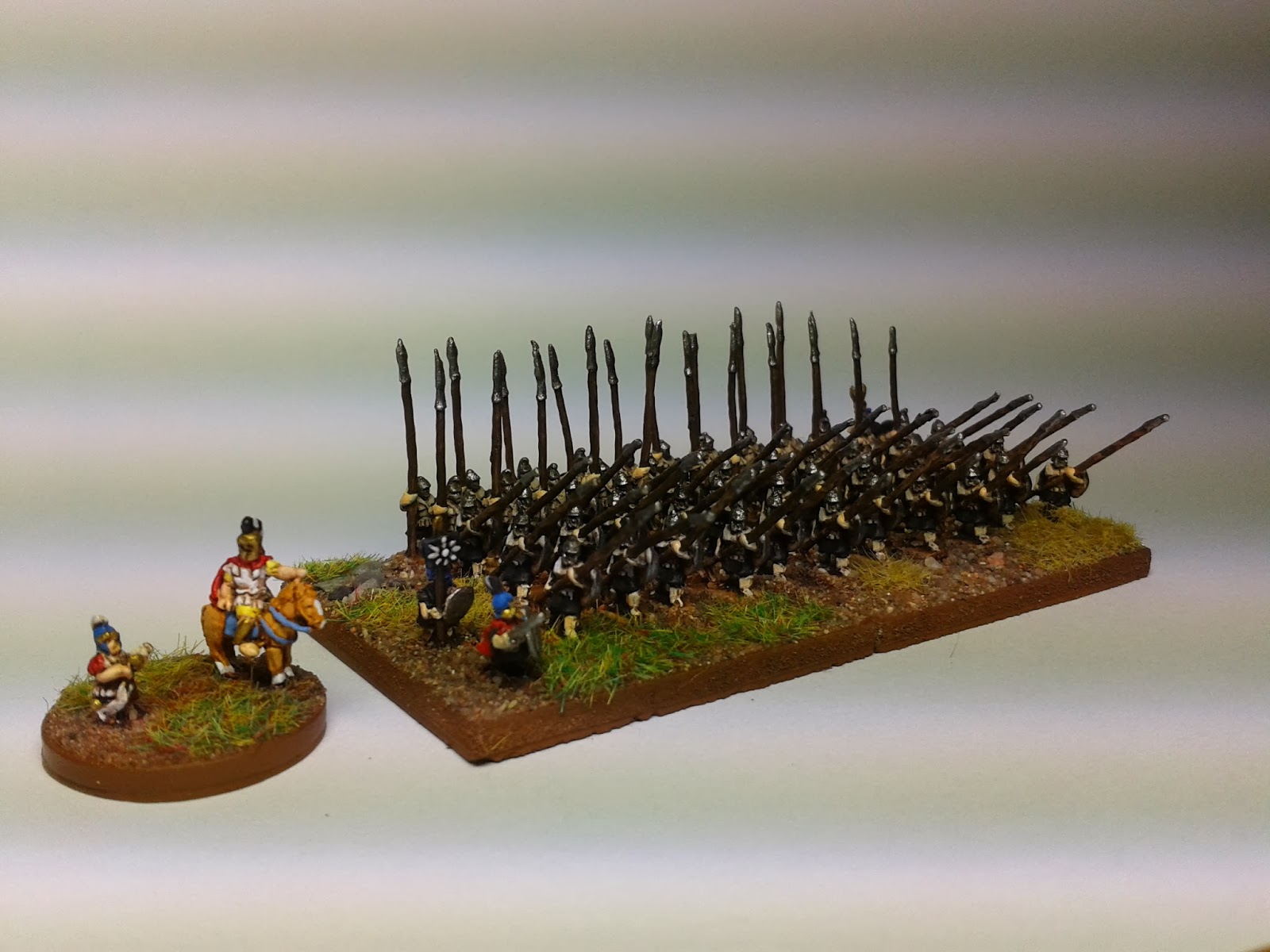Ganesha Games, in association
with Wee Gamers, presents
The
Cú Chulainn Cup
The Inaugural Northern Irish Song of
Blades and Heroes Competition
Sunday 6th
April 2014, 10.00 for a 10.30am kickoff
Whitehead
Primary School
3
Islandmagee Road
Whitehead
Co. Antrim BT38
9NE
The
competition, consisting of five rounds, will be run over a single day.
Each
round will be completed in 45 minutes plus the current turn. Victory points
will still be awarded for uncompleted games, but neither player will be awarded
the win.
Players
will be ranked during and at the end of the competition by their number of
wins. In the event of tied results, the cumulative number of victory points
will be used to decide ranking.
Players
will be matched in each round according to a modified Swiss system. After the
first round, players will be paired according to ranking – i.e. the two highest
ranked players will meet, as will the two lowest ranked players etc. Special
consideration will be taken to ensure no two players meet more than once in the
day.
Tables
will be provided to each pair with predetermined terrain and victory
conditions. If possible, no player will fight on the same table twice.
Players must use the same painted 25-28mm scale warbands in each round – a player’s warband roster should
be submitted to the organisers at least one week before the competition (i.e.
30th March) and may not be changed thereafter Email warbands to irregularwars@gmail.com.
· Warbands
may be no larger than 300 points and must be legal – i.e. no more than 33.3% of
the points value of the warband may be spent on models with special rules which
define them as ‘personalities’.
· Profiles
for warband members may be taken the rosters within the Song of Blades and Heroes core rule book or any or its official supplements,
or may be customised using the online warband builder software found on the
Ganesha Games website.
· Special
rules from any of the following Ganesha Games rules are permitted: Song of Blades and Heroes, Song of Wind and Water, Song of Gold and Darkness, Song of Deeds and Glory, Song of Arthur and Merlin.
· Note
that only the following forms of the Lethal special rule will be permitted:
Lethal against Animals, Lethal against Artificial, Lethal against Magic Users
(all varieties), Lethal against Undead or Lethal against a specified race
(other than humans).
· Characters
with the Assassin special rule may only be used if their combat factor is 3 or
less.
Entry will cost £4.00.
Various prizes will be provided by
Ganesha Games and Wee Gamers and will be awarded to the Cú Chulainn Cup
Champion, the most sporting player and the ‘best’ warband.
Do you have what it takes to be the Hound of Ulster?

















































